|
| |
Cataracts
| Normally
light enters the eye from the front, passes through a clear lens, and reaches the back of
the eye so you can see. If the lens becomes cloudy like
frosted glass, light cannot pass through, and you cannot see properly. 'Cataract' is the
name of the 'cloudy' human lens. |
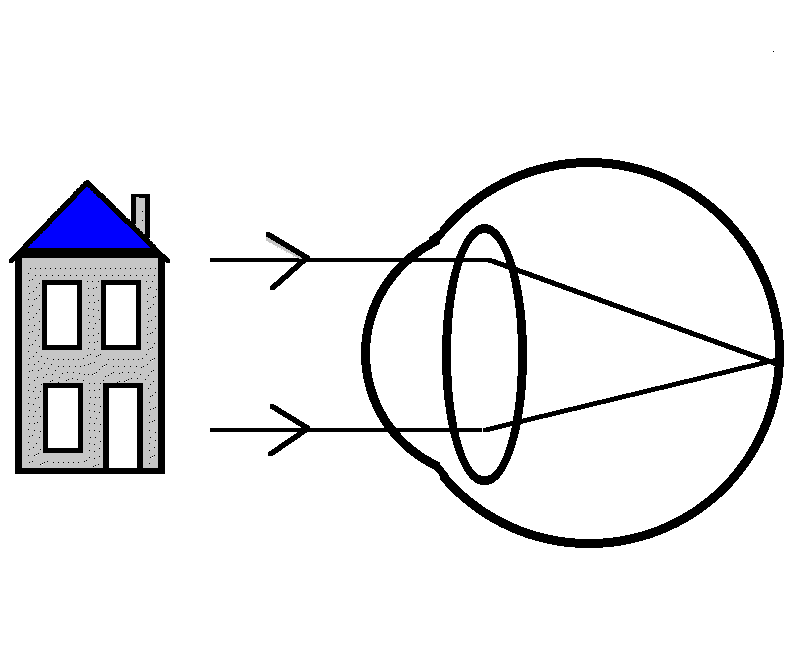
|
a
clear lens: no cataract
the light enters the eye directly |
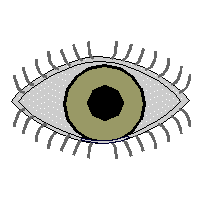 |
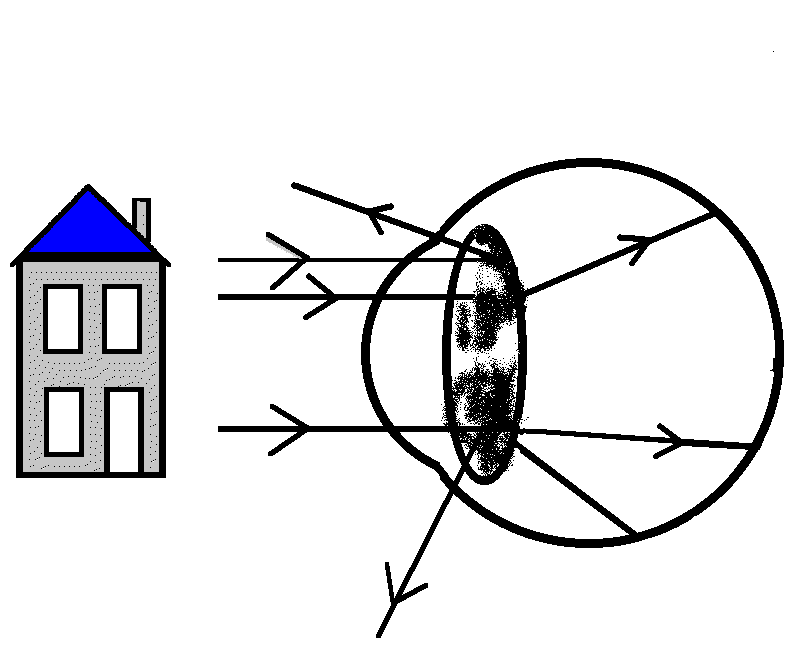
|
a cloudy lens = cataract
the cataract scatters the light that enters the eye |
| Think of a camera, with a lens that bends the light so
that the light 'focuses' onto the film at the back. If this lens becomes scratched or
greasy, it cannot bend the light in the correct direction, and the light is scattered in
all directions. You may notice blurred or misty sight, see double, or notice colours
appear much duller than they did previously.
A cataract will not damage your eye in any way. It can be
operated on safely at any time, thick or thin. A cataract may change the focusing in the
eye, and you may need new spectacles now and again. If you think you do, ask your optician
or the doctor in the hospital eye clinic. But glasses themselves do not help you see
better if you have a cataract.
Some cataracts get worse quickly, others slowly: most do get worse
over months or years. If your sight gets worse very slowly, the cataract is only slowly
becoming thick.
The thicker or cloudier the cataract becomes, the worse the
sight. A doctor cannot predict with certainty.
Large print is naturally much easier to read, and a magnifying glass
may help (see Coping with poor vision).
A good light may help, particularly an anglepoise light behind the
shoulder.
Stronger glasses that mean you can bring books closer to your eye to
make reading easier, and an optician (optometrist) can advise you. |
|
You may notice great difficulty driving at night, when car
headlights are shining into your eye. This may be so bad you have to stop driving at
night, and at this stage, if you want to keep driving, you may need a cataract operation.
|
You may notice difficulty seeing in sunlight. Dark glasses may help,
or a hat with a large peak. Eventually you usually need an operation.
|
Causes of
cataracts
Cataracts occur as people get older. They are much commoner if you
smoke, whether cigarettes, cigars, or a pipe. They occur more often in diabetes, and they
can run in families. Steroid tablets may help to cause cataracts if given at a high dose
or for a long time. There are many other causes, including other types of eye disease and
eye injury.
|
A cataract does not usually damage your eye in any way. A cataract
in one eye cannot lead to any damage in the other eye, and you cannot use the good eye too
much and damage it. Similarly, sit close to the television if this helps you see it
better: this will not damage your eyes. A cataract often develops in the other eye, but
many people only get one in one eye.
|
Will your sight get worse?
Many cataracts do get worse, especially if you are middle aged and
have diabetes. Many people with diabetes do eventually need cataract surgery. |
Does a diet help?
There is no specific diet or drug treatment for cataracts, but
following UK Department of Health advice may help: a diet low in animal fat and salt, with
five portions of vegetables or fruit a day, with 30 minutes exercise such as walking, and
not smoking.
In diabetes, diet, control of the blood sugar and blood pressure are important to
prevent other problems (see Prevention
and the diabetic.org.uk site and the British Diabetic Association site. |
|
An operation to remove the cataract is usually the only way to make
improve your sight. But before you can decide, you need to know the pros and cons of an
operation.
A cataract operation is generally safe, and with a surgeon who is experienced in cataract
keyhole surgery, the risk of a serious problem is about 1%.
So in a way you are the best person to decide: certainly, if you
cannot do what you want to do, such as read, watch TV, or walk in the street, an
operation is usually helpful (if your eye has no other conditions.) Remember, many
patients who have surgery are in their 80's. |
|
Typically, you have the operation as a day case. You go to the
hospital in the morning, and go home later that day. You have a local anaesthetic
injection, wait for it to work, then have the operation which takes about 20-30 minutes. A
key hole operation is often used: a small tube is inserted into the eye to suck the
cataract out, and a plastic lens implant is put in its place. The plastic lens implant is
placed in the 'capsule' of the cataract.
Routinely, the only major discomfort can be the local anaesthetic
injection. At home, you have drops to put in, and routinely have one or two visits to the
hospital, before seeing your optician for glasses. Normally after an operation, you see
well.
However, if there are other problems in your eye, such as a damaged
retina (the film at the back of the eye), your sight will not be so good. In diabetes the
operation may make the retinopathy worse and laser may be needed. Often the
ophthalmologist recommends laser before the operation to try and stabilise the
retinopathy. (See page concerning your type of retinopathy.)
You usually do need glasses after an operation, because the implant
cannot change its focus like a camera. You may need reading or distance glasses, or both. |
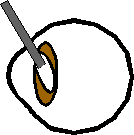
A small hole is made in the side of
the eye and a probe is placed in the eye to cut and suck the cataract out. |
| 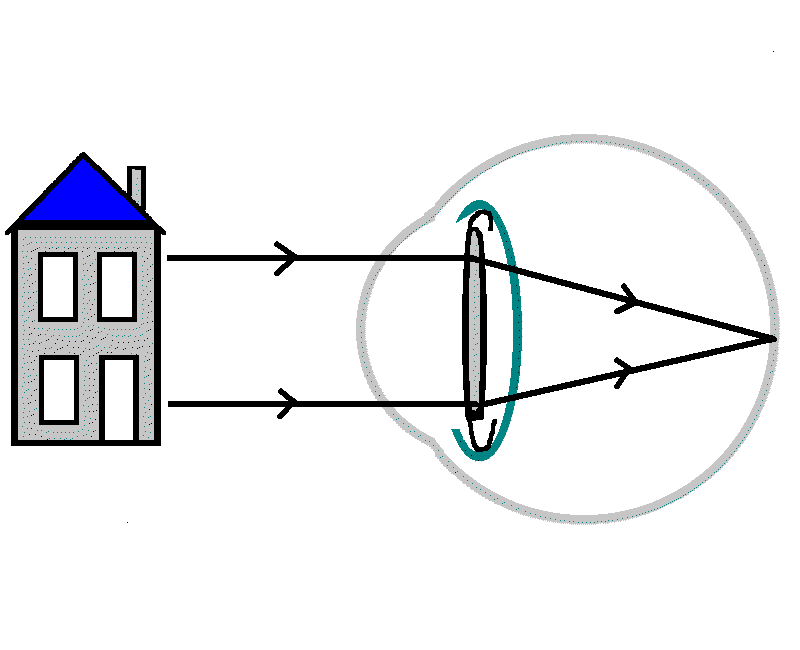
A plastic lens is placed in the eye to
replace the cataract. The lens focuses the light onto the retina, like the lens of a
camera. |
|